Plastic baby bottles are common in any household, as they're convenient, cost-effective, durable, and easy to carry around. However, discussions around microplastics and chemical leakage from these plastic bottles have become increasingly common, especially due to recent class action lawsuits filed against baby bottle manufacturers.
While this topic might initially raise some concerns, the goal here isn't to escalate fear, but rather to inform parents about how they can choose safer options. Although not every plastic poses the same risk, it is important to understand why avoiding microplastics matter, especially for families with young children.
For a more in-depth look at how microplastics form in bottles and what materials to prioritize, check out the full guide at West Coast Kids.
Why Microplastics Matter
Microplastics are tiny plastic particles that are far too small to see with the naked eye. These aren't intentionally added during manufacturing, but form naturally as plastic breaks down over time. Factors such as repeated heat exposure, stress from cleaning, or mechanical wear can accelerate their formation.
Bottles that use lower quality plastic, particularly those made from plastics like polypropylene, often have a higher chance of releasing microplastics as they degrade. On the other hand, safer, more durable materials such as polyamide (PA) and Tritan™ have been developed to resist deterioration, significantly reducing the likelihood of microplastic shedding under typical daily use.
Should I Be Concerned?
Infants have delicate and developing systems, making them more susceptible to environmental influences compared to adults. This doesn't mean you must abandon plastic bottles altogether. Rather, it highlights the importance of selecting bottles made from safer, thoroughly tested, and stable materials.
Using plastic baby bottles responsibly and choosing high-quality options helps keep your baby safe from potential risks associated with microplastics.
How Do Microplastics Get Into Bottles?
Microplastics aren’t ‘contained’ in your bottles. Instead, they result from degradation. This breakdown can occur more rapidly under certain conditions, such as:
- Frequent exposure to high temperatures (microwaving, boiling, sterilizing)
- Harsh scrubbing or aggressive cleaning methods
- Prolonged exposure to UV rays
- Extended use beyond recommended periods
Bottles exhibiting cloudiness, scratches, discoloration, or deformation might be releasing microplastics. In contrast, higher quality materials resist these signs of wear significantly better.
What are the Benefits of Plastic Bottles?
Despite microplastic concerns, plastic bottles remain popular due to numerous benefits. You may want to consider using plastic baby bottles if:
- Your baby is self-feeding: Typically past the newborn stage, as they're lightweight and easy for infants to handle.
- You are looking for something that can withstand throws and drops: Plastic is shatter-resistant, making them safer than glass bottles.
- You need to take the bottle outside: They're highly portable, suitable for families constantly on-the-go.
- You need something cost effective: Plastic tend to be more budget-friendly compared to alternatives like silicone or glass.
What Types of Plastic Should I Be Aware of?
Here's what you need to know about the plastics commonly used in baby bottles:
- Polypropylene (PP): An inexpensive plastic that while safe initially, PP can degrade quickly with heat, friction, or UV exposure, leading to microplastic release, especially after frequent sterilization.
- Polycarbonate (PC): Another type of plastic, now largely avoided due to its association with BPA, a chemical linked to hormonal disruption. Some older or imported bottles may still use this material.
- Polyethylene (PE): Usually found in flexible squeeze bottles but less ideal for full baby bottles due to low heat resistance and lack of rigidity.
- Polyamide (PA): A robust, heat-resistant plastic that's free from BPA, BPS, and phthalates. PA is known for durability and significantly reduces the risk of microplastic generation. It's transparent, lightweight, and highly resilient.
- Tritan™: An advanced, BPA-free plastic offering remarkable clarity, durability, and resistance to heat and repeated sterilization.
Important Note: High-quality plastics like PA and Tritan typically carry Recycling Code #7, alongside lower-quality plastics. This code simply categorizes them as "Other Plastics," covering both high quality choices (like PA and Tritan) and less ideal ones (like polycarbonate). Always verify the specific plastic type and certifications rather than relying solely on the recycling number.
Are Plastic Bottles Safe for My Baby?
Yes, provided you use and care for your bottles properly. Here’s how you can maximize safety and minimize microplastic exposure:
- Select Advanced Plastics: Prioritize bottles made from polyamide (PA) or Tritan™ for their proven safety and durability.
- Avoid Microwaving: Heat bottles gently in warm water instead, particularly avoiding microwave heating.
- Gentle Hand Washing: Skip the dishwasher, which can accelerate plastic degradation. Use mild soap and warm water to prolong your bottle’s life.
- Regular Inspections: Routinely inspect your bottles, replacing them when they show signs of wear such as cloudiness or scratches. Consider replacing bottles every few months based on use.
The Bottom Line
Microplastics don't have to be a cause for alarm—they should be a prompt for informed action. Plastic bottles are safe and convenient when chosen wisely and cared for responsibly.
By selecting bottles made from high-quality, stable materials like PA or Tritan, parents can confidently embrace the benefits of plastic without compromising their child's health.
Ultimately, the best choice varies by family. Whether opting for plastic for practicality or alternatives for preference, understanding what your baby's bottle is made from ensures peace of mind with every feeding.
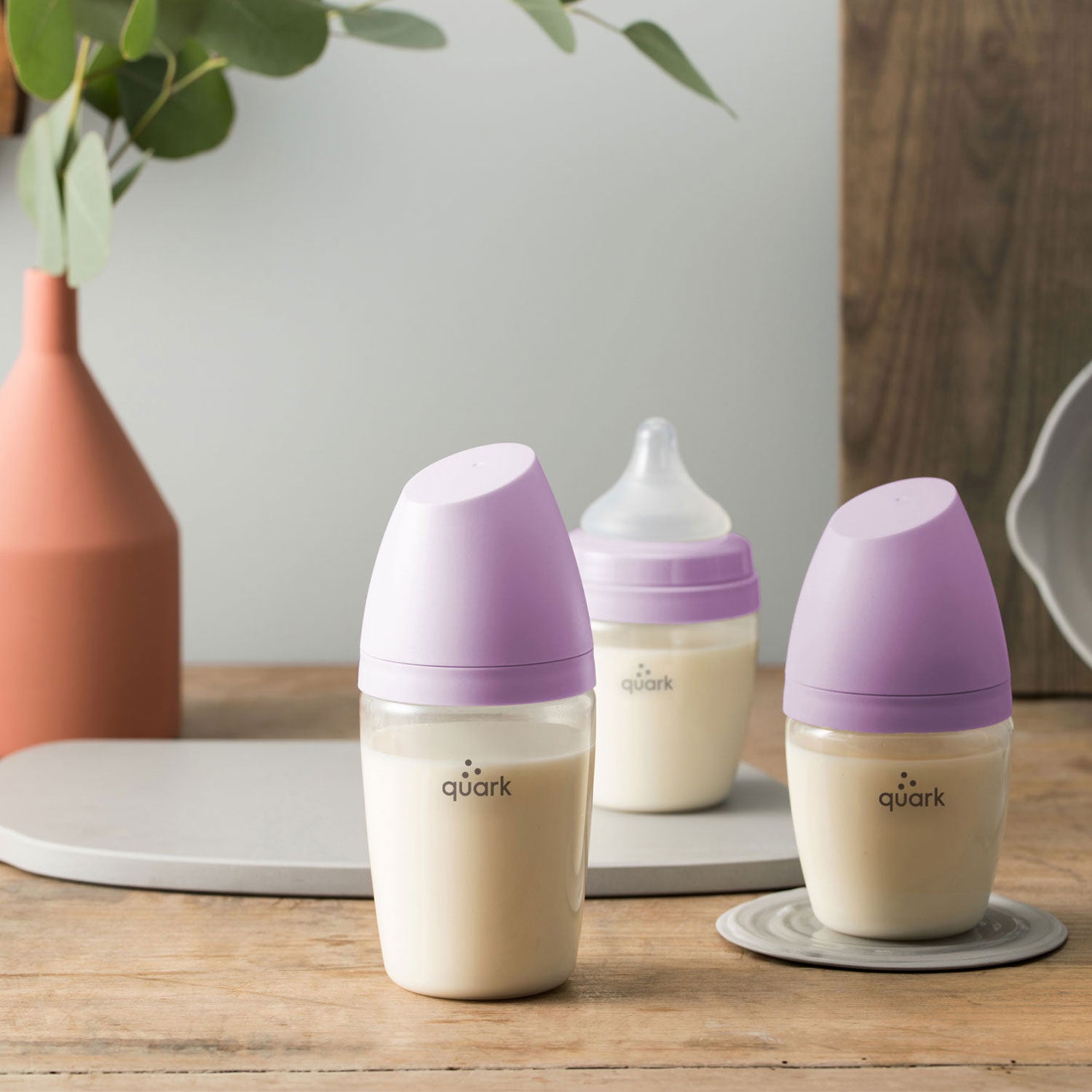
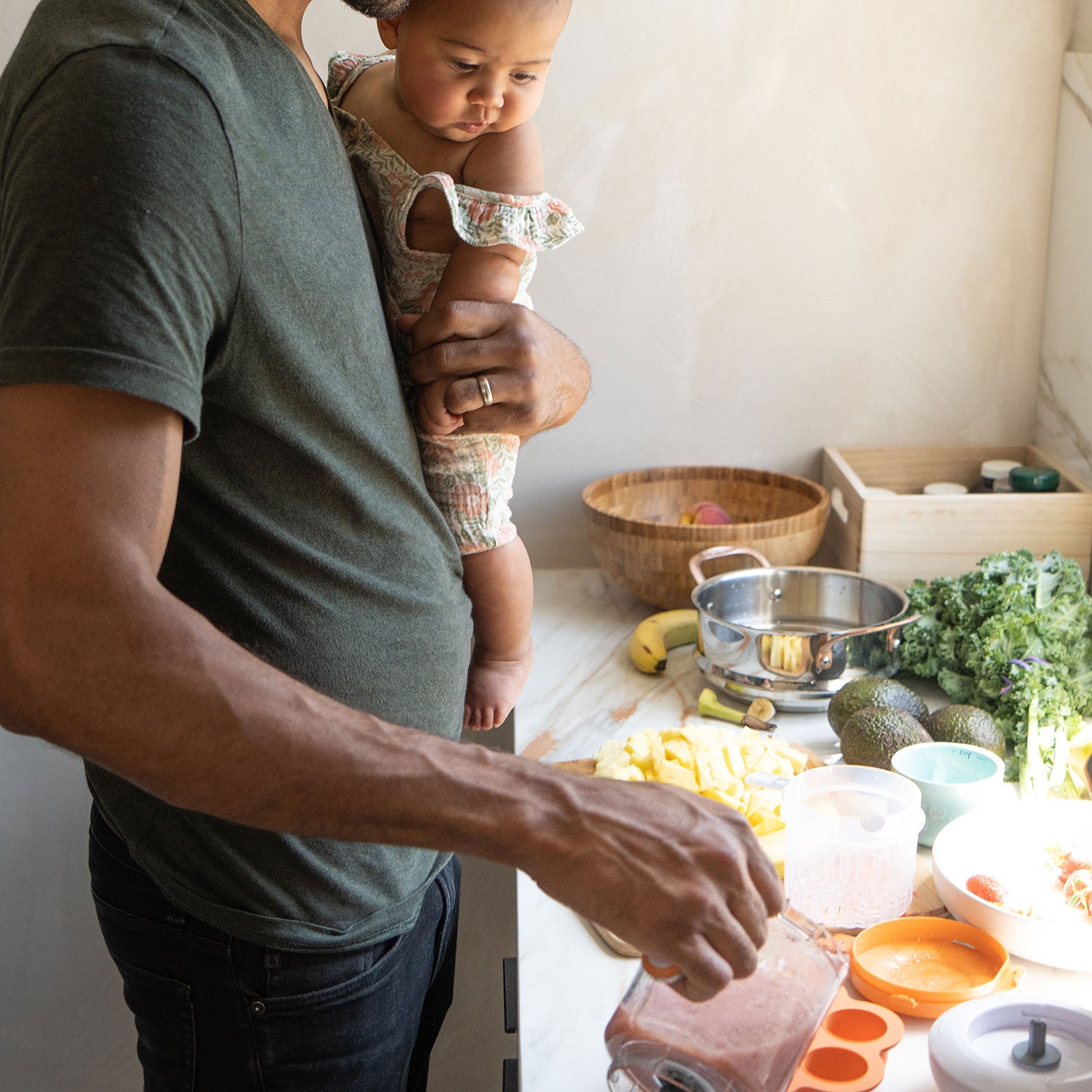

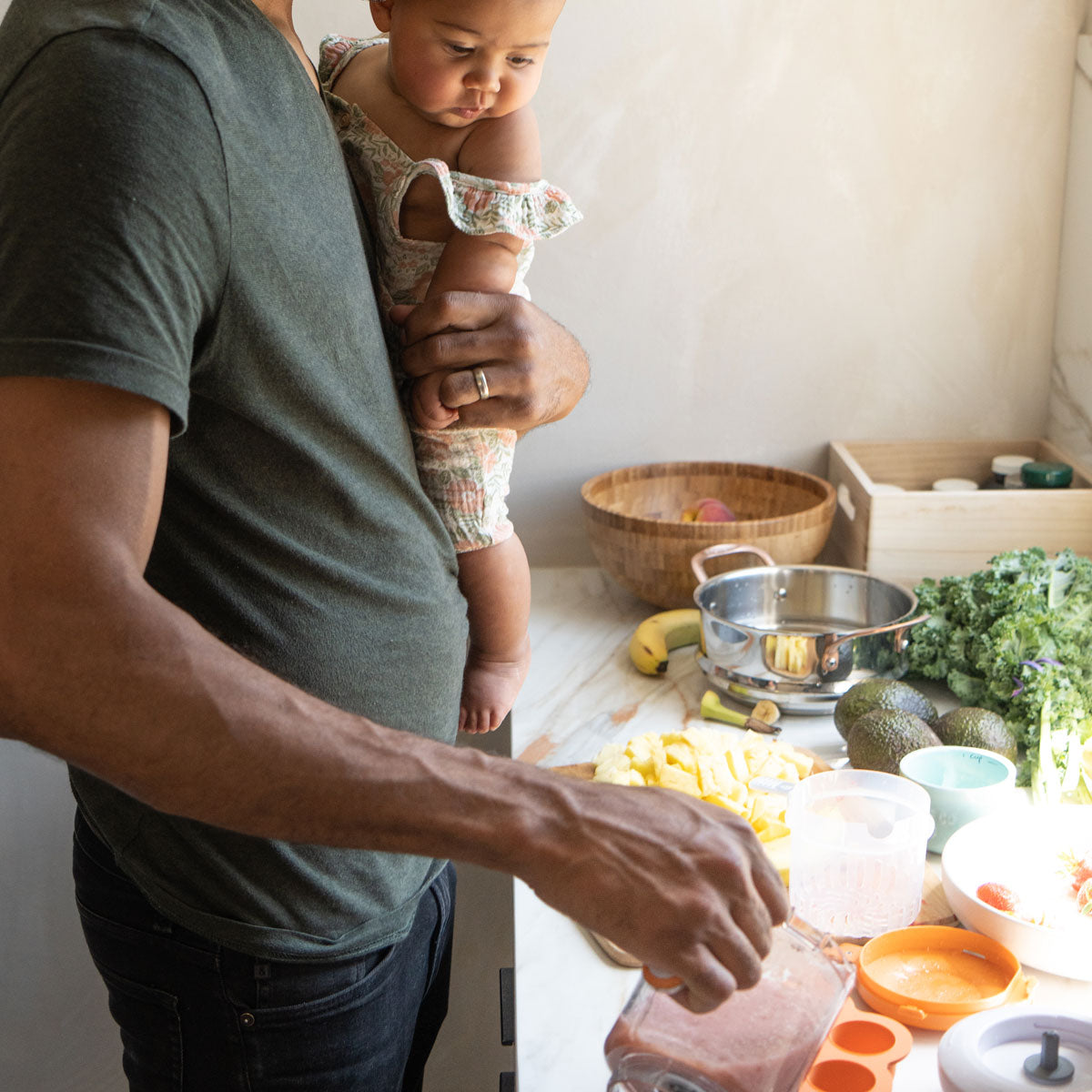
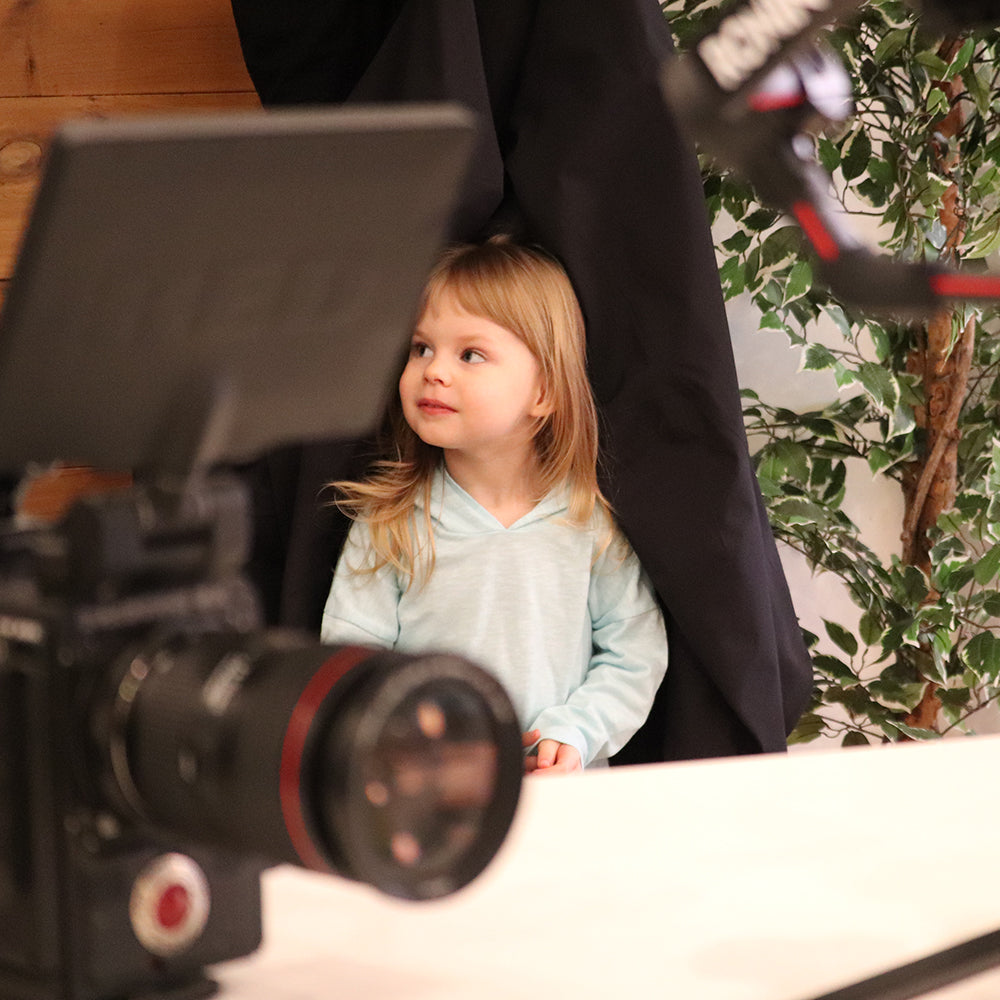
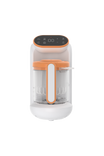
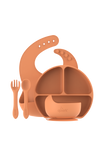
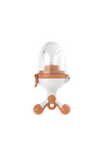
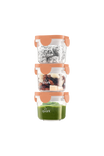
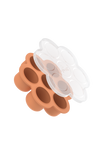
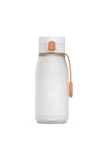
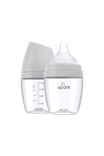
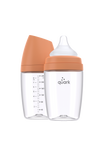
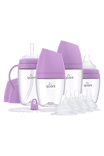
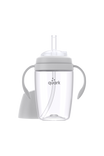
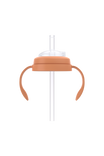
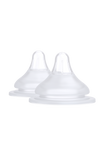
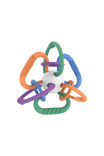
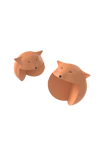
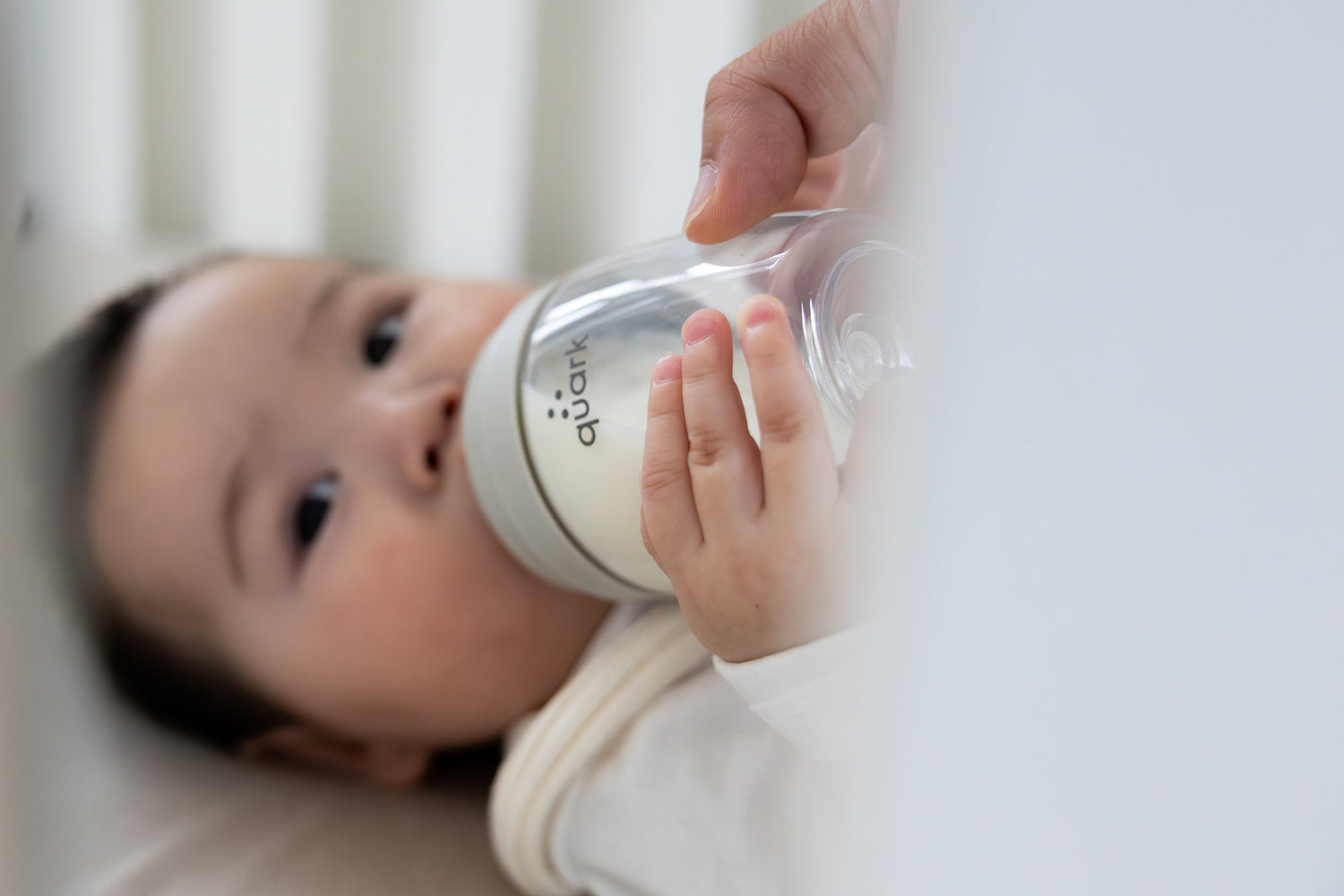
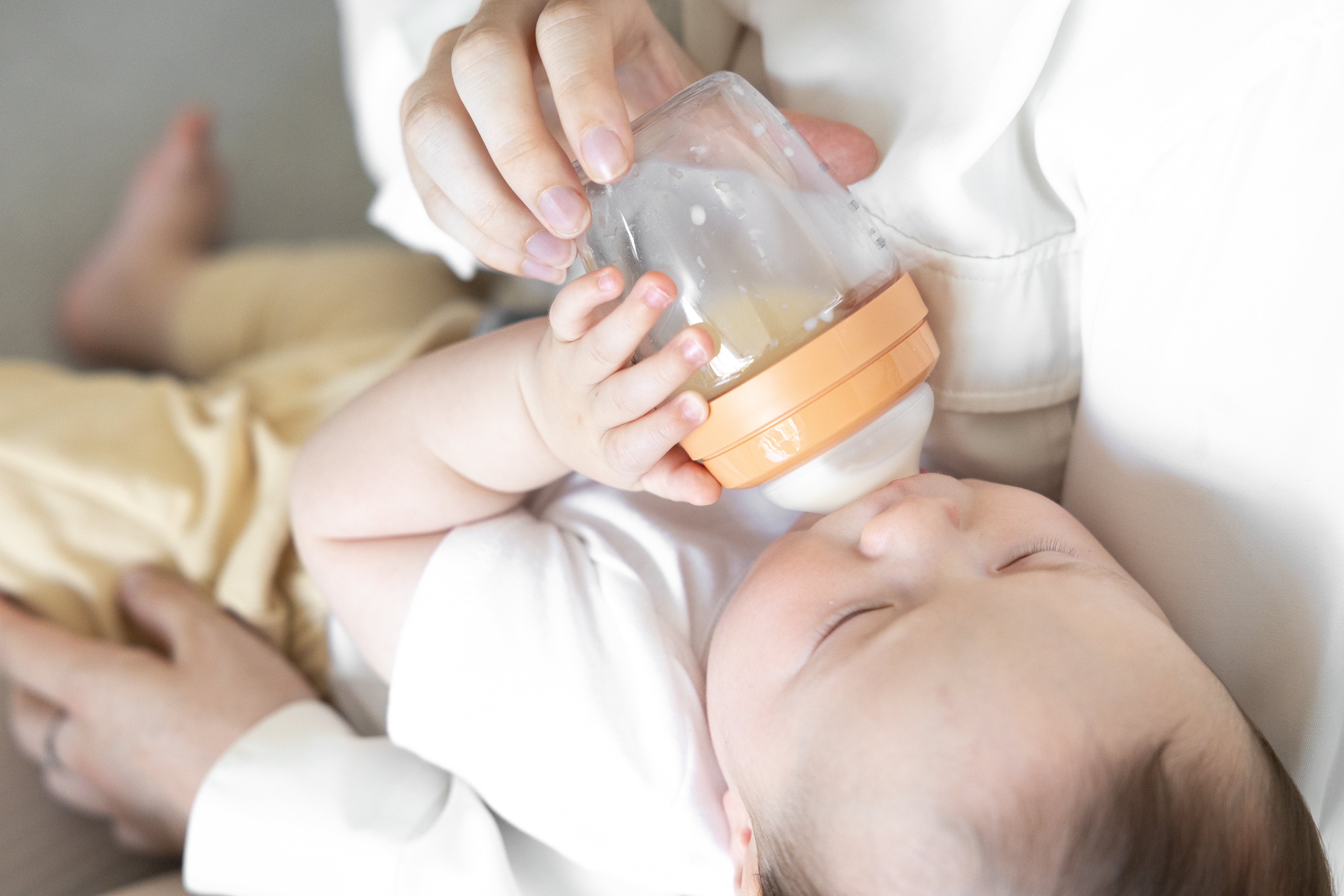
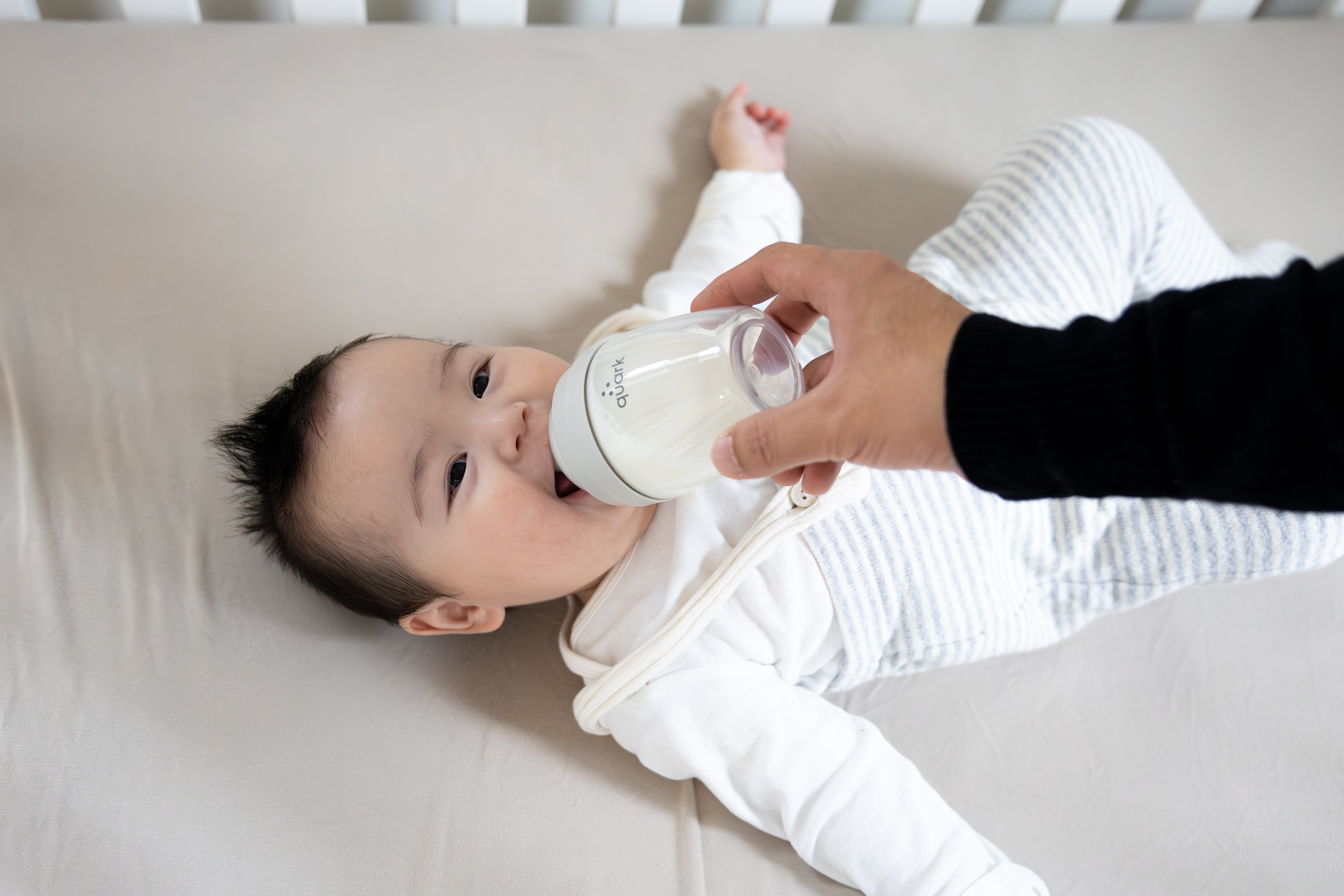
Laisser un commentaire
Tous les commentaires sont modérés avant d'être publiés.
Ce site est protégé par hCaptcha, et la Politique de confidentialité et les Conditions de service de hCaptcha s’appliquent.